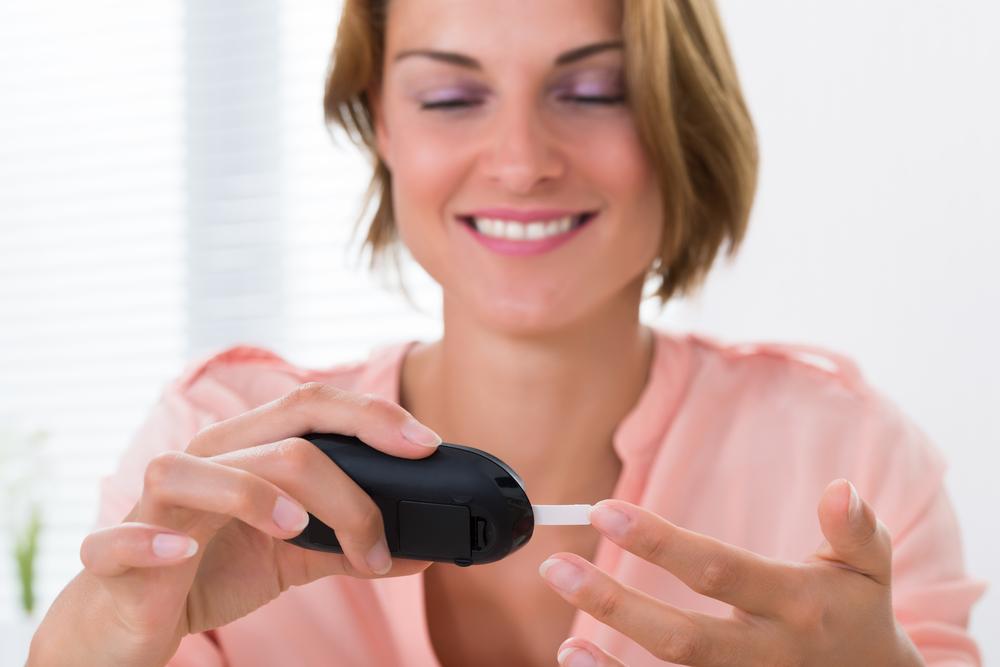7 Things To Consider While Opting For A Glucose Meter
Diabetes is one of the chronic illnesses that affects around 30.3 million people in the country. It is a group of metabolic disorders which causes the individual to have high blood glucose levels since the body cannot produce the required amount of insulin to absorb the sugar in the blood, or the body’s cells do not respond to the insulin in an expected manner. The resultant condition is hypoglycemia (low blood sugar) or hyperglycemia (high blood sugar).

Though diabetes is a chronic ailment and cannot be completely cured, there are certain medications and lifestyle changes one can adapt to coexist with this condition. People with diabetes are prone to sudden rise and fall in their glucose level, which can have life-threatening consequences if neglected. So, it is imperative that the people check their blood glucose level almost every day to ensure that they aren’t susceptible to changes in their blood sugar level. For this very purpose, every diabetic patient needs to use a glucose meter to check the level of glucose (sugar) in their blood.
What is a glucose meter?
As mentioned earlier, the glucose meter is a device which allows the individual to gauge the level of glucose in their blood to keep themselves informed about the possibility of fluctuations in the glucose level. The glucose meter is a small, computerized device with lancets, which are used to poke the finger for blood. All you need is a drop of blood to check your glucose levels. You place the drop of blood on test strips, which are inserted into the glucose meter for reading the glucose levels in your blood. The price range of normal glucose meters is anywhere between $20 to $70, but certain health care providers give away free glucose meter to their customers. The only expense you will have to bear will be that of the test strips.
There are a variety of glucose meters available in the market. Hence, you might face confusion while choosing the right glucose meter. So, here are some tips you can consider to before you decide on a particular glucose meter.
Accuracy of the results
The entire purpose of opting for a glucose meter is to get accurate blood glucose levels. If the results aren’t accurate, it defeats the purpose of having a glucose meter. To check the accuracy of the glucose meter, you can use a control solution. If the device is functioning appropriately, it will display the required level specified for that particular solution. Also, you can compare the readings of the glucose meter with laboratory test results. This will help you determine the accuracy of the glucose meter.
Size of the glucose meter
Since there are a plethora of glucose meters of varying sizes, you need to choose a glucose meter depending upon the nature of usage. If you wish to take the glucose meter with you while traveling, then it is sensible to opt for a small, compact glucose meter. A larger glucose meter is convenient if you do not have to carry it around with you.
Easy to use
The perfect glucose meter must be easy to use. The glucose meter doesn’t require you to be tech-savvy to operate it. Also, to make the process simpler, most glucose meters are accompanied by video guides that can help you learn how to operate it.
Multisite
It is advisable to opt for glucose meters that can be used on multiple sites. This means that the glucose meter can be used on the forearm, upper arm, thigh, calf, or another fleshy part of the arm, and not just the fingers. This will ensure that your fingers do not become sore with the regular pricking which has to be done to draw blood for testing the sugar levels.
More memory
Like most of the modern-day devices we own, even the glucose meter has memory. You need to choose a glucose meter that keeps a record of the previous glucose readings. Some devices can retain the results of the previous ten tests, whereas, there are some that can store the results of 500 previous tests. Needless to say, it is advisable for you to opt for a glucose meter that can store as many test results as possible. This will prove beneficial if you ever need to compare your glucose readings to gauge the progress you have made in controlling diabetes.
Smaller blood samples
Surely, the idea of drawing a lot of blood for reading your glucose levels would deter you from conducting the tests frequently. So, opt for glucose meters that have lancets which do not poke the skin very deeply, and draws out only a drop of blood. People with diabetes take time to heal, so it is imperative that the lancet causes no injury to the individual.
Faster results
It is imperative that the glucose meter you choose can deliver results within seconds. This proves beneficial especially if the person suffers from hypoglycemia. When the person experiences symptoms of hypoglycemia, they would check the glucose levels to ascertain the exact glucose level and take measures for preventing the condition from getting worse. For this, faster results are a must.
In case you wish to opt for free glucose meter, check with your healthcare provider. It would be an added benefit if you get to choose the glucose meter.




